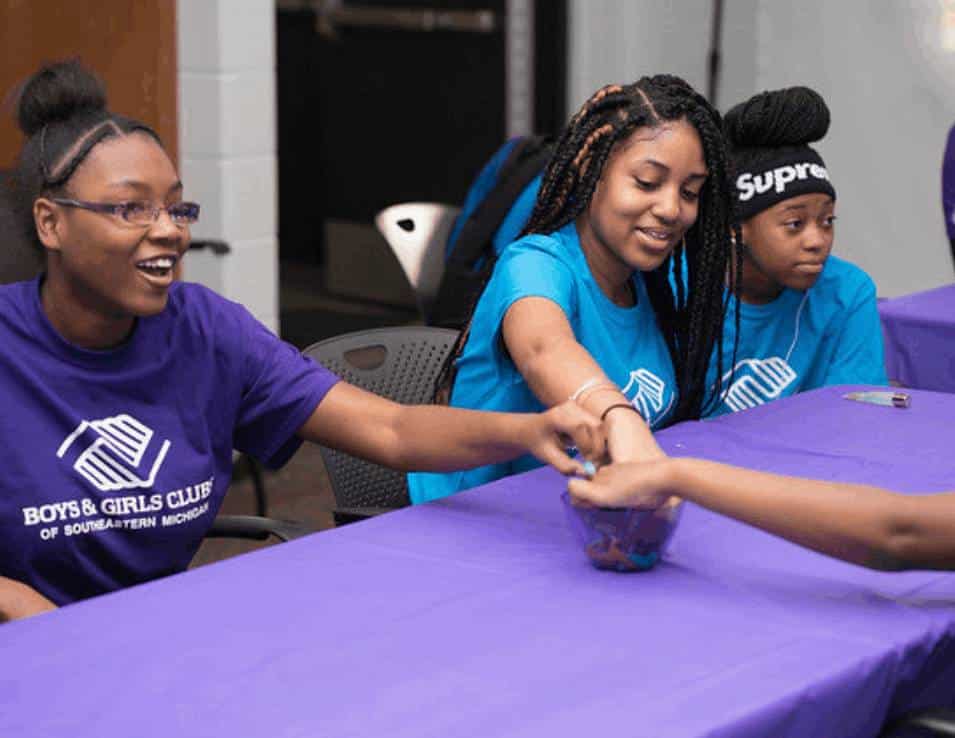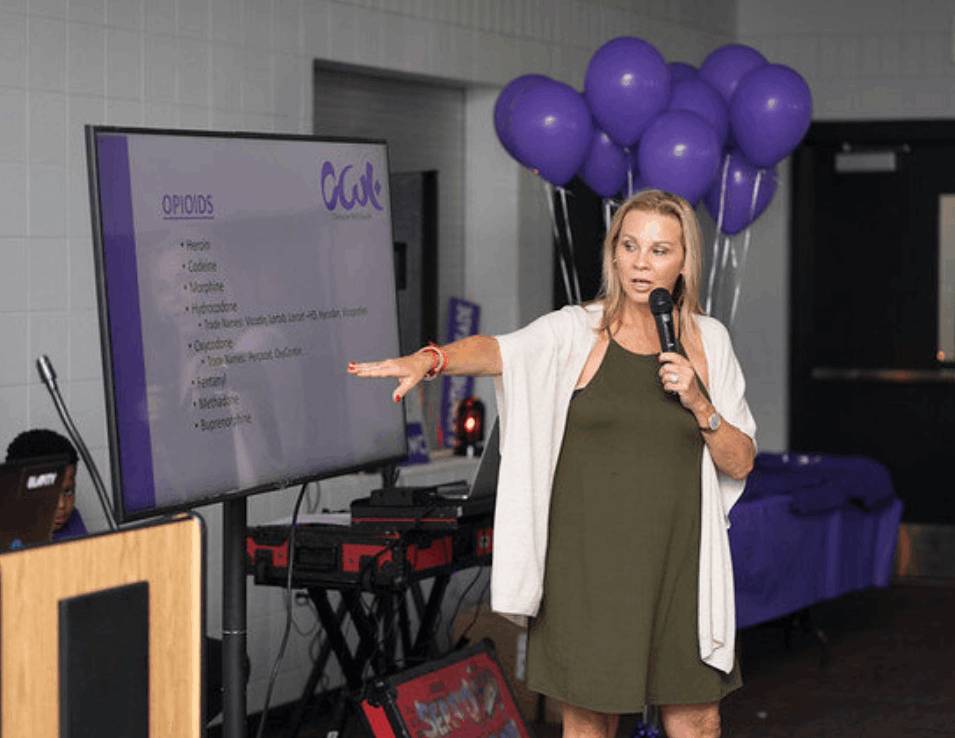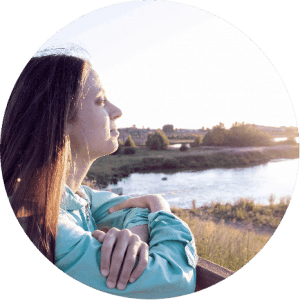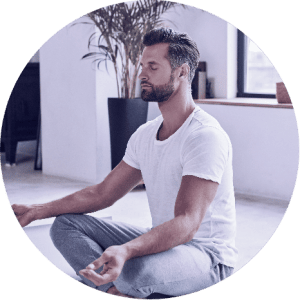Elit quisquo ssitem ut
Learn beneficial life-changing strategies with Community Resilience Model
Who we are
What Is The Trauma
Resource Institute?
The Trauma Resource Institute (TRI) is a nonprofit organization based out of Claremont, California. Since the founding of TRI over a decade ago, they have worked to develop two models of wellbeing: the Trauma Resiliency Model and the Community Resiliency Model (CRM).


The Community Resilience Model
If you’ve ever been so upset that you thought you were going to explode, or so sad that nothing seemed to matter, the Community Resilience Model (CRM) can help.
The CRM provides knowledge and skills to help individuals learn how to consistently show up as the best version of themselves, no matter the occasion.
The CRM offers many benefits, such as ongoing self-care strategies, peer-to-peer support, and the ability for individuals to widen their “”resilience zone”. This is done by using wellness skills learned from the Community Resilience Model.
The Community Resilience Model
The Community Resilience Model teaches six skills that promote wellness. These skills are shown to work across cultures and throughout the lifespan.
CRM helps shift from conventional perspectives about health and wellbeing to trauma and resiliency informed perspectives.
Tracking
This is the foundation for helping to stabilize the nervous system. It consists of noticing and paying attention to what is happening inside the body during each moment.


Resourcing
This includes learning how to develop your sensory vocabulary through identifying a personal resource and then noticing sensations on the inside.
Grounding
This is direct contact of your body or part of your body with something that provides support. When we are grounded, we have a sense of self in relation to the present time and space.


Gesturing
This is movement of your body or limbs that expresses or emphasizes an idea, sentiment, or attitude. These are limited to movements and gestures that do not cause self injury or self harm.
Help Now
This includes walking, pushing against a wall, looking for colors, counting backwards, drinking a beverage, touching objects, stretching your body, listening for sounds, and noticing around you.


Shift & Stay
This means shifting your attention from sensations that are unpleasant to sensations that are neutral or pleasant and staying there.
